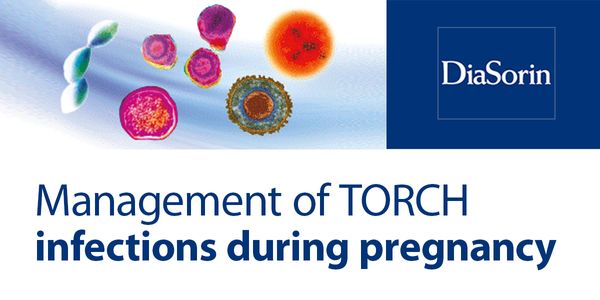Clinical Research
Clinical Research: Patient - oriented research. Clinical research is a branch of healthcare science that determines the safety and effectiveness (efficacy) of medications, devices, diagnostic products and treatment regimens intended for human use. These may be used for prevention, treatment, diagnosis or for relieving symptoms of a disease.
-
Ion mobility-mass spectrometry (IM-MS) is a rapid, gas-phase separation technique that has become an integral part of the analytical repertoire of techniques for the -omics. This method coupl...
Two-dimensional (2D) 1H-13C methyl correlated NMR is increasingly being recognized as a powerful tool to characterize the higher order structure (HOS) of monoclonal antibody (mAb) therapeutic...
Solid phase microextraction (SPME) is a versatile, non-exhaustive sample preparation tool that has been demonstrated to be well-suited for facile and effective analysis of a broad range of co...
Speaker:
Barbara Bojko, PhD
, Janusz Pawliszyn, PhD, FCIC, FRSC
Presented at: Analytical Chemistry Virtual Event Series 2018
In the postgenomic era, one expects the suite of chemical players in a brain region to be known and their functions uncovered. Perhaps surprisingly, many neurochemicals remain poorly characte...
A fast, reliable and low cost characterization of materials/ products as fed to a process, and/or resulting from different processing actions, represents one of the most challenging targets i...
OCT 23, 2018 | 10:00 AM
DATE: October 23, 2018TIME: 10:00am PDT, 1:00pm EDT Next-generation genomic sequencing is transforming what is known about pediatric cancer and how we treat patients. But eve...
OCT 17, 2018 | 9:00 AM
DATE: October 17, 2018TIME: 09:00am PT, 11:00pm CT, 12:00pm, ET Each patient case request can vary in what is required to make a diagnosis by the pathologist.Many times, the patholog...
OCT 16, 2018 | 7:00 AM
DATE: October 16, 2018TIME: 7:00am PDT, 10:00am EDT In today’s healthcare environment, leaders are increasingly asked to demonstrate value in terms...
OCT 16, 2018 | 6:00 AM
DATE: October 16, 2018TIME: 3:00 PM CEST, 6:00 AM PDT This webinar will provide an overview on some pathogens that can be transmitted from mother to fetus du...
OCT 12, 2018 | 8:00 AM
The D-dimer can be a useful tool in the management of patients with suspected or established venous thromboembolism (VTE). One use is in the assessment of a patient who presents with symptoms...
Although targeted therapies often elicit profound initial patient responses, these effects are transient due to residual disease leading to acquired resistance. How tumors transition between...
Two projects looking at novel approaches to targeting inflammatory breast cancer will be presented. Inflammatory breast cancer (IBC) is a unique, understudied, and most lethal subtype account...
Speaker:
Kevin Williams, PhD
OCT 11, 2018 | 9:00 AM
High dose of biotin may interference with many routine clinical immunoassays and inaccurate results of some of the tests such as cardiac troponin has serious clinical complications. There is...
Speaker:
Danni Li, PhD, DABCC
The oncogenic transcription factor c-MYC (MYC) is deregulated, and often overexpressed, in more than 50% of cancers. MYC deregulation is associated with poor prognosis and aggressive disease,...
Speaker:
Jason De Melo, PhD
























